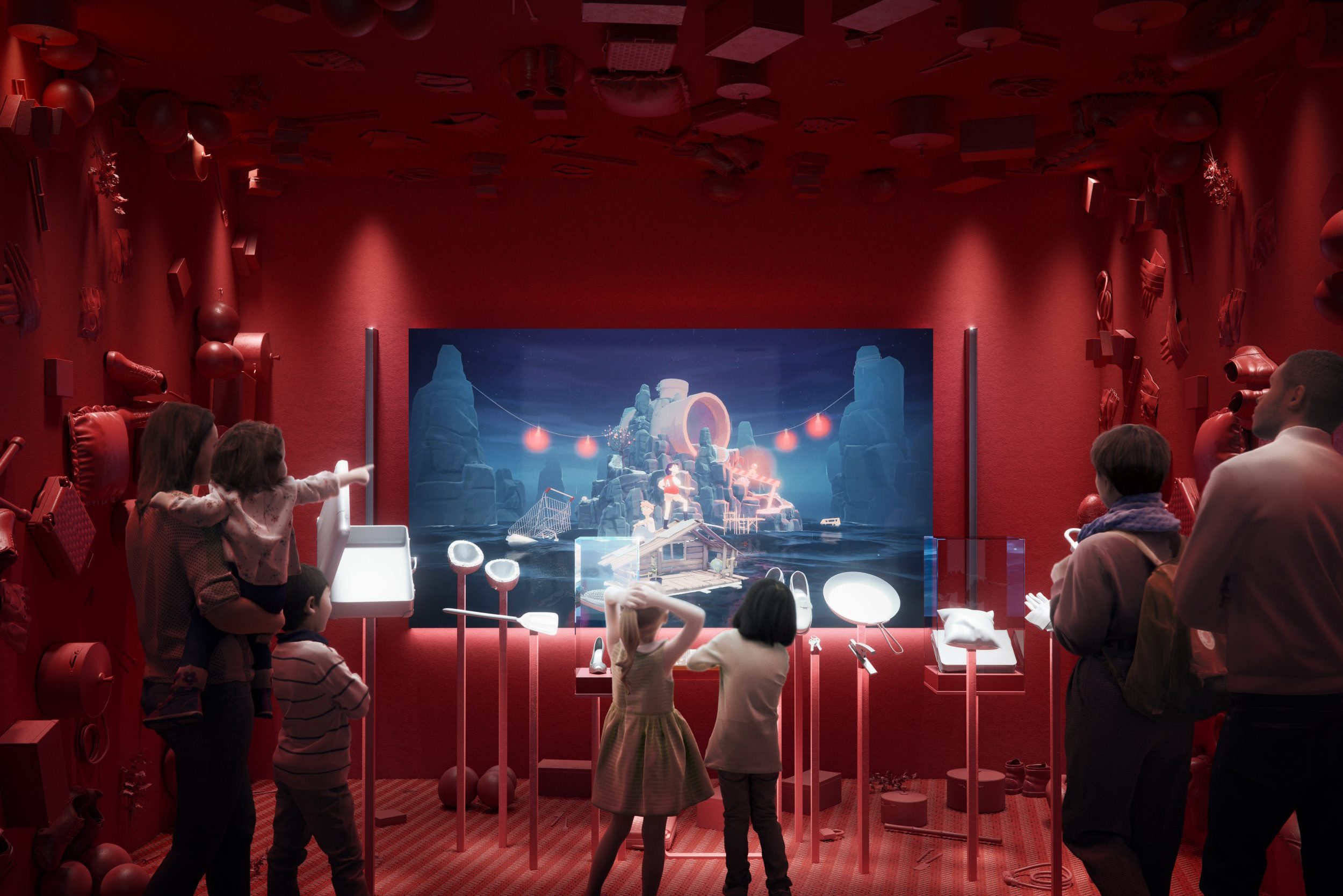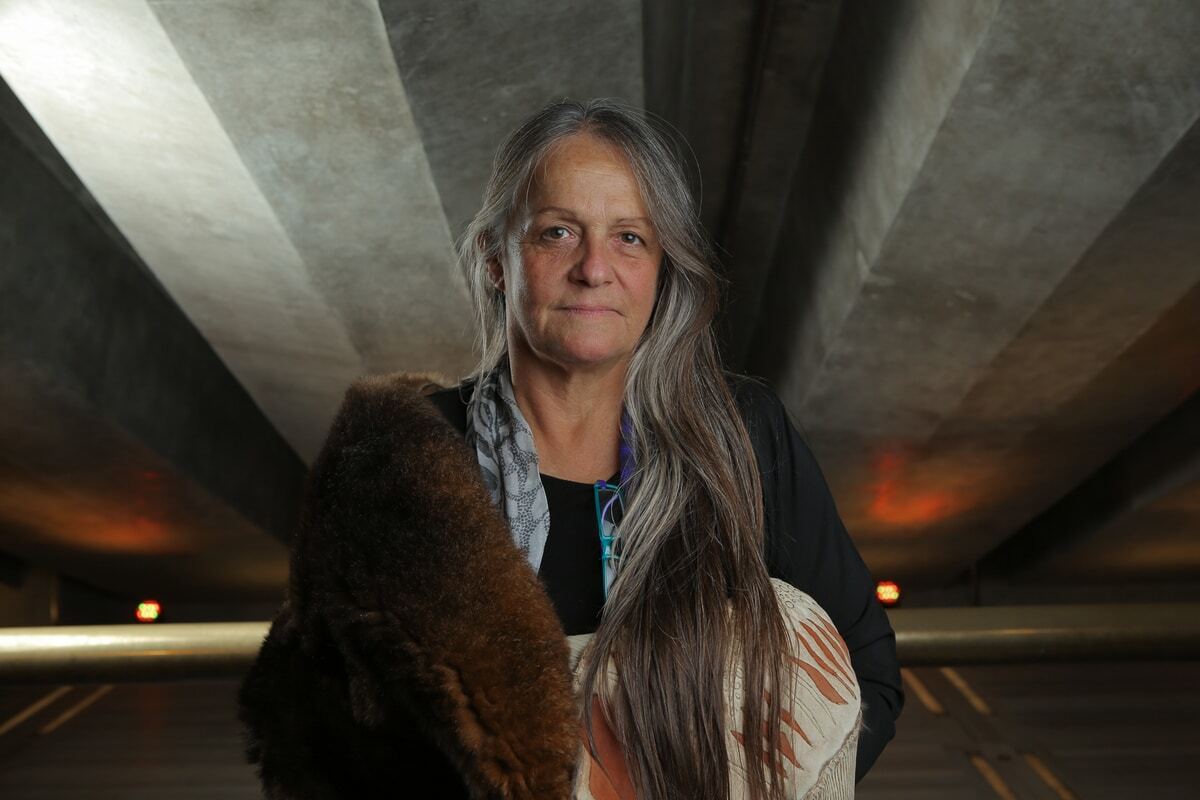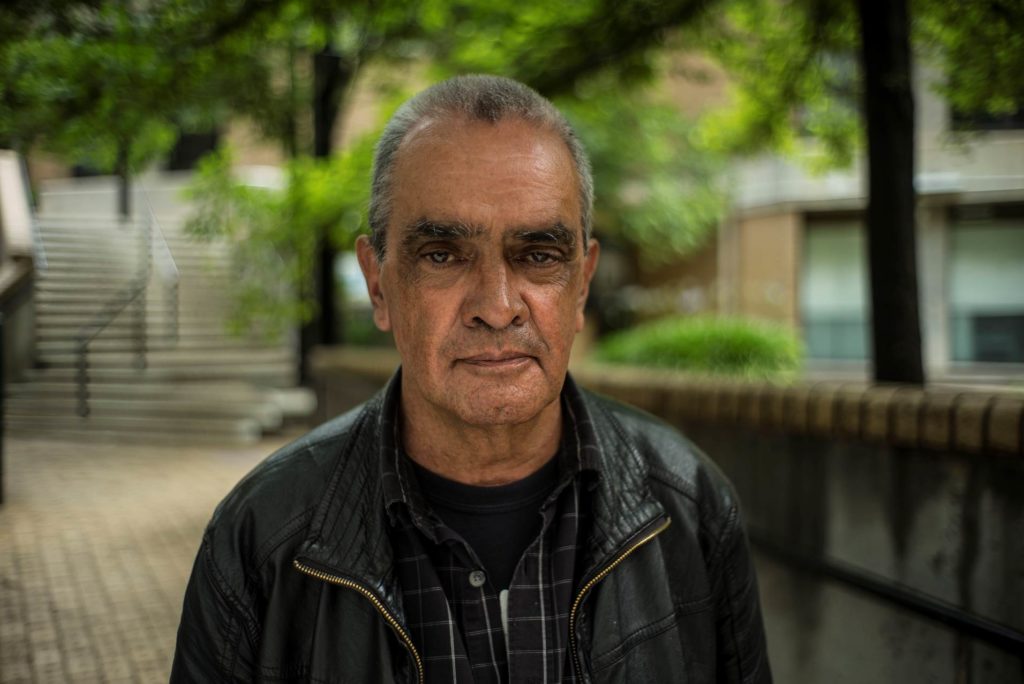Reopening after two years of being closed to the public due to a phenomenally detailed 40-million-dollar government-funded renovation, the Australian Centre for the Moving Image (ACMI) has emerged a spectacular, fresh and innovative space using natural colours throughout, contrasting with splashes of bright red and colourful ottomans.
It was then, of course, the day after re-opening one of the nation’s most visited museums, doors shut sharply again due to Victoria’s recent five day ‘circuit-breaker’ Covid19 lockdown. However, now open again since Thursday, the freshly redesigned ‘museum of screen culture,’ fails to disappoint, housing an impressive plethora of documentation, objects, exhibitions, interactive displays and screenings concerned with the old school history and current technological advancement of the moving image. Set on the lands of the Boonwurrung and Wurundjeri of the Kulin Nations in Federation Square, Naarm (Melbourne), ACMI, has been recently billed as the world’s ‘most digitally transformed,’ museum in the sense that there are innovations in the space not yet been seen before in Australia.
Set on the lands of the Boonwurrung and Wurundjeri of the Kulin Nations in Federation Square, Naarm (Melbourne), ACMI, has been recently billed as the world’s ‘most digitally transformed,’ museum in the sense that there are innovations in the space not yet been seen before in Australia.

A sneak peak inside Melbourne's new ACMI museum Source: Beat Magazine
A commissioned visual installation, Yanmeeyar, by Gunditjmara artist and cultural educator Vicki Couzens that will remain until 2031, is a stunning multi-faceted artwork adorning the centre’s new ceiling. With the re-opening and inspired renovation, comes a reaffirmation of ACMI’s commitment to ‘reimagining the way First Nations peoples are represented in its exhibitions and programs. This means amplifying First Nations voices through deeper engagement. ACMI also acknowledges the need for truth-telling.’
With the re-opening and inspired renovation, comes a reaffirmation of ACMI’s commitment to ‘reimagining the way First Nations peoples are represented in its exhibitions and programs. This means amplifying First Nations voices through deeper engagement. ACMI also acknowledges the need for truth-telling.’

A commissioned visual installation, 'Yanmeeyar', by Gunditjmara artist and cultural educator Source: Creative Commons
Nothing can distil the fact that we, as First Nations of this nation, have always been a staunch and expressive oral and visual culture dating back many thousands of years. In more recent times, the moving image and film has proved a powerful medium for our people.
Professor Gary Foley, a staunch Gunbainggir man, legendary and iconic activist, academic, truth-teller and actor has used the medium of screen, along with the late Uncle Bob Mazza and other activists since the 1970s, to leverage a society to begin to understand through a First Nation lense as opposed to the continued portrayal by the oppressor.
ACMI pays homage to Professor Foley through a series of films, prolific stills (including an iconic favourite black and white from Canberra Tent embassy days, of Foley sitting on the grass of Parliament House holding a sign reading ‘Excuse me for being born into a nation of racists’) and the Aboriginal History Archive, ‘led by Foley…is dedicated to the collection and preservation of First Peoples’ stories and cultural material.’ Foley was a trailblazing Aboriginal actor appearing in 1986 classic Australian film Dogs in Space and on episodes of well-known show A Country Practice in 1989.
Foley was a trailblazing Aboriginal actor appearing in 1986 classic Australian film Dogs in Space and on episodes of well-known show A Country Practice in 1989.

ACMI pays homage to Professor Foley through a series of films, prolific stills including an iconic favourite black and white from Canberra Tent embassy days. Source: Creative Commons
“We engaged Professor Gary Foley to curate a display from the Aboriginal History Archive, which looks at the intersection of activism and filmmaking across the 1970s and 1980s,” one of four innovative First Nations Curators for ACMI Louana Sainsbury said.
“Activists of this era really saw the opportunity in telling truths and advocating justice and resisting oppression through the power of film and television,” she said.
Eugenia Flynn, Kat Clarke and Kate ten Buuren join Sainsbury to make up the incredibly talented, cultural and astute collective of First Nations Australian curators of the newly imagined ACMI, driving the change that sees our people engaged to tell, document and preserve our stories, our way.
“In the exhibition, we made sure that First Peoples content was woven throughout the five sections of the exhibition, and self-representation was a guiding principle of the curatorial approach – focusing on stories and works made by us, rather than our stories told by other people."
“In the exhibition, we made sure that First Peoples content was woven throughout the five sections of the exhibition, and self-representation was a guiding principle of the curatorial approach – focusing on stories and works made by us, rather than our stories told by other people. First Peoples have claimed a space for ourselves within Australian screen culture, we have agency over how we’re represented and how we tell our stories,” Sainsbury told NITV
An 8 minute short film by Yaegl woman and award-winning film-maker and producer Pauline Clague, also on display until 2031, catalogues and collates archival footage, interviews and stills to shine a light on Foley and the Black Power movement of the 1970s.
“It has been a journey recording Gary about the early years of film. How do you fit the wealth of information into an eight-minute space?” Clague said.
In reference to First Nations Australian trailblazers in film and TV, Clague is staunch in asserting the importance ‘for us to remember those who made a mark on our landscape for us to dream, to make the films and stories we do now.”
An eye-catching highlight at the new ACMI is the iconic Bush Mechanics car merging with the iconic Mad Max V8 Interceptor replica. Bush Mechanics was a wildly popular 2001 docuseries by the Warlpiri Media Association produced by David Batty and Francis Jupurrurla Kelly. The Mad Max trilogy, created by George Miller and Byron Kennedy, from 1979, centers around larger -than- life characters and cars in a post-apocalyptic world.
“Bush mechanics is such a cult classic! We commissioned Rebel Films and the original Bush Mechanics - Thomas Jangala Rice and Francis Jupurrurla Kelly – to recreate the car with the Ngapa Jukurrpa painted on it, to be a centre-piece of the Moving Australia section of the gallery,” Sainsbury said
“If you look under the car, you’ll see there’s a long piece of Mulga wood tied to the undercarriage, which is actually holding the car together. It’s fantastic!” She said.
With this unique installation, the curators and creatives aimed to explore ‘car culture on the Australian screen.’
“(We were) looking at characterization and identity, and how cars can be seen as proxy for Australian ideals of masculinity,” Sainsbury said
“While Mad Max represents the ultimate form of car culture machismo, Bush Mechanics reinterprets and subverts car culture with the distinct humour and ingenuity of the Warlpiri men.”
Other First Nations produced Highlights:
Birrarangga Film Festival- 11-14 March 2021
Indigenous Screen Creatives – International – Sun 14 March 10am
Fire Starter – The Story of Bangarra (Opening Night Film & Afterparty) Thurs 11 March 7pm
Growing Pains – short films curated by Pauline Clague: Sun 14 March 12.15pm
Not just numbers – short film – Sat 13 March 5pm
Explore for more detailed information/history on First Nations’ connection with the moving image and relevant exhibitions.

